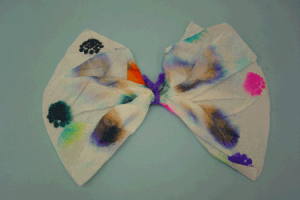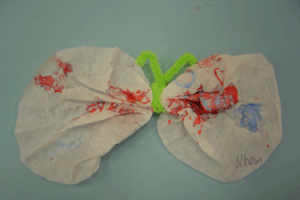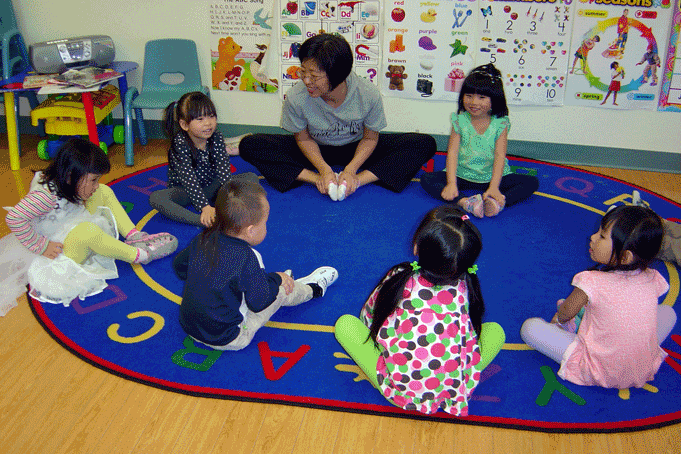
SPO Highlight: Chinese Association of Mississauga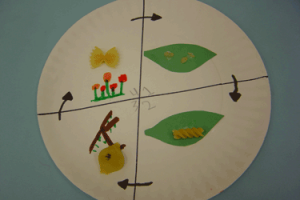
Extending is an important stage in the program planning cycle. It lengthens children’s interests into the different developmental areas. In doing so, it also creates connections to the world around them. For a newcomer arriving in Canada, making these connections can be particularly important.
Staff at the Chinese Association of Mississauga CNC program are always looking for new ways to build on these interests. When the children kept going back to the book The Very Hungry Caterpillar by Eric Carle, it gave them an idea. They decided to use this interest as a springboard to learning about a butterfly’s life cycle…and beyond.
“The Very Hungry Caterpillar is always a favourite book for the children,” explains Grace Zheng, the program’s SDR. “One of the caregivers saw a butterfly life cycle activity during a kindergarten placement. So we decided to try it within the classroom. The children were so interested, and it was really simple to do.”
The program ordered a butterfly kit. It included all the necessary components, including a pop-up habitat, larvae and food. They set it up in an area of the room where the children could easily see the transformation process. The children watched in fascination as the caterpillars grew over a few weeks and formed cocoons. They eventually emerged as butterflies. The children then prepared food to feed the insects. The activity paved the way for a series of extensions throughout all the developmental areas:
- In the area of language, caterpillar and butterfly books remained the focus. This allowed the children to expand their vocabulary and learn new English words.
- They sang “Where did my caterpillar go?” and “Roly poly butterfly”, which also had finger movements.
- During dramatic play, they imitated butterfly movements as they performed “Fly Butterfly, Fly”
- For physical activity, they did the butterfly pose during their yoga session. This was a great way to help the children settle, while connecting to their interest in the insects.
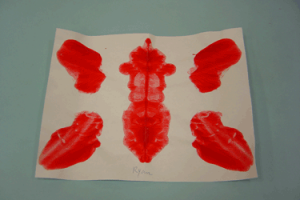
- To encourage cognitive development, caregivers put up signs showing the life cycle of the butterfly. They also had related STEM sets.
- This carried into the creative arts. The children designed their own art using paper plates and different types of pasta. They used small pasta for the egg phase, spiral pasta for the caterpillar, shell pasta for the cocoon, and bow tie pasta for the butterfly. To create caterpillar and butterfly artwork, the children made use of many different materials. These included coffee filters, pipe cleaners, and pom poms. They also used their handprints to make caterpillars and did block painting.
On the last day of the program in June, they released the butterflies and watched them fly away to find their own new homes. Parents were invited, too, so the families could enjoy the experience together. It was a great opportunity to connect with our country’s nature. And, for some families who were very recent immigrants, it was a lovely beginning to their first summer in Canada!
